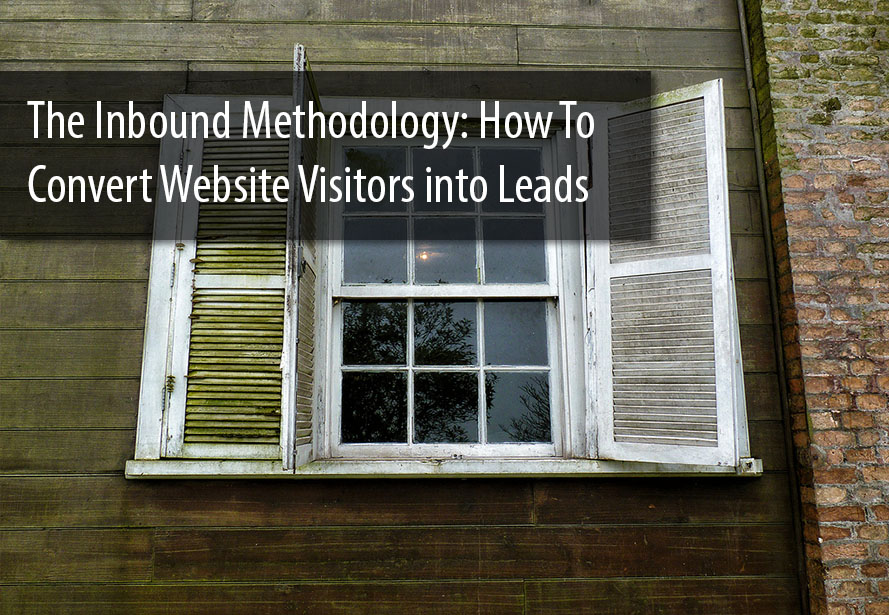The Inbound Marketing Methodology: Stage 2, Convert

THE INBOUND MARKETING METHODOLOGY: STAGE 2, CONVERT
In the first blog post in this series, we discussed the attract stage of the inbound methodology, which is all about generating great content that brings people to your website. The major tools of the attract stage include blogging, keywords, and social media sites.
Now we're going to take a look at the second stage: converting these visitors into leads.
The Convert Stage of the Inbound Methodology
Now that you’ve blogged like mad, optimized for the keywords your target audience is looking for, and promoted your content on social media sites, you finally have a visitor to your website. Now what?
Your next step is to turn these visitors into leads. HubSpot defines a lead as “a person who has in some way, shape, or form indicated interest in your company's product or service.”
A visitor becomes a lead after you gather some basic information about him or her. Types of information you’ll want include name, email address, location, and industry.
How do you get visitors to tell you these things? Simple. You pay them with the currency of offers.
An offer is a piece of content - such as a whitepaper, tip sheet, product demo, or case study - that offers some kind of benefit to your prospect. If the visitor to your site decides she wants the offer, then she’ll be happy to give up her contact information in order to get it.
Three tools during the convert stage help you capture this information about your new lead: calls to action, forms, and landing pages.
Calls to Action
On almost every page of your site, you want to have a call to action. These links or buttons encourage your visitor to do something - to download a whitepaper, sign up for a webinar, or join an email list.
The call to action should be enticing and highlight the benefits to the visitor of performing the requested action.
Landing Pages
Your landing page is where your visitor “lands” after clicking on a call to action. Your landing page should describe the offer, include a relevant picture, and talk about how the offer will benefit the visitor. Most importantly, the landing page should have a form.
Forms
The form on your landing page is where the actual transaction takes place. In order to get the offer he wants, your visitor has to give you his contact information. Once he types in his name and email address, you have a new lead to add to your contacts database. Forms aren't just on landing pages - they can (and should) be anywhere on your site.
Best Practices of the Convert Phase
Give as much as you get. People aren’t going to volunteer loads of information about themselves for nothing. You want to be sure they feel like they are getting something of equal or greater value in exchange.
Try to keep this in mind as you’re creating landing pages for your offers. If the amount of information you’re asking for seems excessive compared to the perceived value of your offer, your visitor is going to be less likely to give it up.
But if the offer’s value and the amount of information requested align, your visitors won’t hesitate to provide you with their contact information in order to get what they want.
Remember to follow up. Be sure to thank your visitor for downloading your offer, and also make sure that your new lead actually receives the offer they’ve been promised.
Your thank-you page and your delivery email are two great opportunities to build rapport with your prospect and tell him about some of the other great content available on your website.
Up Next
Once you've mastered the attract and the convert stages of the inbound marketing methodology, you're ready to make a sale. Click here to read our next post in this series, which covers the third stage of the methodology: the close.
Editor's Note: This post was originally published in August 2015 and has been updated for accuracy and comprehensiveness.
Image byDiego Torres Silvestrevia Flickr, licensed under CC BY 2.0.
